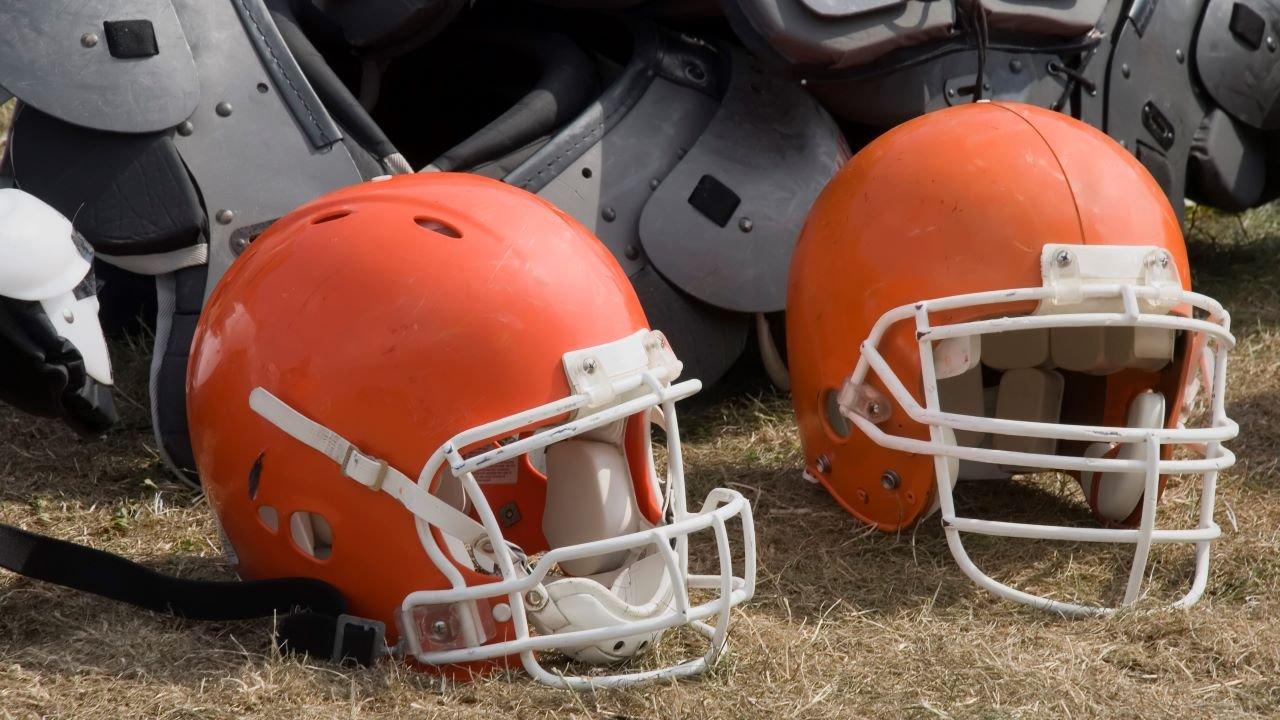
Oct 31, 2025
Step back into the ’90s sneaker scene—explore the best shoes of the decade that continue to shape fashion, sport, and streetwear culture today.
Read MoreExpert Advice | Sports Lifestyle
Dec 28, 2020
The helmet is the most important piece of football equipment. If the helmet does not fit correctly, it can open up the player to serious injury.
Today’s super-safe and efficient helmets owe their roots to George Barclay, who developed a head harness in the late 1800s to protect player’s ears. Later, around the turn of the 20th century, the head harness design changed to also protect the top of the head.
By the 1920s, the harness became known as a “head helmet” and started to look like today’s helmet. After World War I, plastic was the helmet material of choice. Facemasks became popular in the 1950s.
Modern football helmets are constantly studied and improved upon as technology in materials and designs change. Now, all safety equipment must pass through the National Operating Committee on Standard for Athletic Equipment and meet their stamp of approval.
Football helmets have four basic parts: the shell, the padding, the facemask and the chinstrap. Here’s how to make an educated purchase and stay safe on the field.
This hard, protective cover of the helmet evenly distributes shock to the head. It also absorbs the energy generated by impact. Look for a more rounded shell, which deflects harder hits.
The shell also protects the face, the lower jaw, the temples, the base of the skull and other vital areas. A good shell is strong enough to resist penetration and provides a strong anchor for the padding, face and chin strap.
Shells consist of cycolac, polycarbonate or polycarbonate alloys. Polycarbonate is better for impact strength than cycolac.
Made of molded foam or sometimes vinyl-dipped dual density foam for added protection, the padding offers maximum impact absorption. Padding systems are usually removable for a custom fit.
Protecting the face in football is no easy task. Facemasks should securely attach to the front of the helmet. Choose a facemask made specially for your on-field position.
Snug chinstraps are paramount to keeping the helmet firmly in place. Two main styles of chinstraps exist: four-point chinstraps (maximum stability) and two-point chinstraps. Some feature extra padding.
